 Agents used for washing fabrics. The basic washing liquid is water, but choosing the right water is important. For example, tap water contains iron, which often acts as a catalyst. It is therefore necessary to use demineralized or soft water, …
Agents used for washing fabrics. The basic washing liquid is water, but choosing the right water is important. For example, tap water contains iron, which often acts as a catalyst. It is therefore necessary to use demineralized or soft water, …
Influence of pH on fibers and dyes
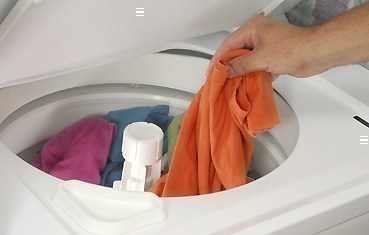 Influence of pH on fibers. Plant-derived fibres (cellulose): flax, cotton, juty, they are quite resistant to alkaline washing liquids, however, they are destroyed by a stronger acid with a pH lower than 2,5. The same fibers as a result of the processes …
Influence of pH on fibers. Plant-derived fibres (cellulose): flax, cotton, juty, they are quite resistant to alkaline washing liquids, however, they are destroyed by a stronger acid with a pH lower than 2,5. The same fibers as a result of the processes …
Influence of washing liquid temperature
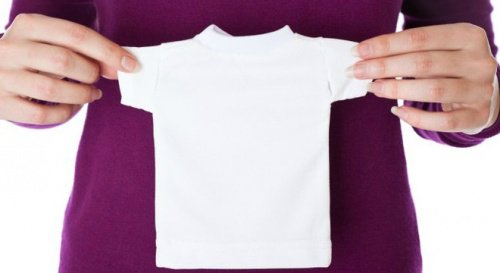
Influence of washing liquid temperature. You know, that the cleaning effect of the washing liquid increases with the temperature. The temperature of the bath must be adjusted to the type of fibres, state of preservation, their resistance to washing, possibly also to the type of dyes. It is safest to use …
Wet cleaning
 Wet cleaning. Fabric baths can be carried out in cold or warm water with or without cleaning additives. Washing in a water solution of washing agents is used depending on the type of fabric and its condition. Bathing in an alkaline environment …
Wet cleaning. Fabric baths can be carried out in cold or warm water with or without cleaning additives. Washing in a water solution of washing agents is used depending on the type of fabric and its condition. Bathing in an alkaline environment …
Dry cleaning of fabrics, part 3
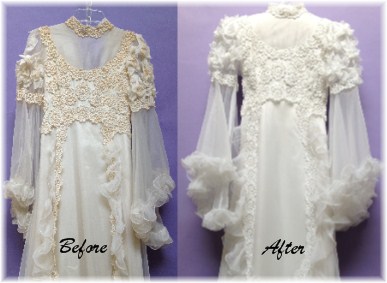 Various mixtures are prepared by the conservator for cleaning very delicate fabrics, e.g.. proposed by K. Nagya (1972) contains 10 parts of toluene, 2,5 parts of an aqueous solution of ammonia, 1 part of the alkyl sulfonate dissolved in 10 parts of hot water.
Various mixtures are prepared by the conservator for cleaning very delicate fabrics, e.g.. proposed by K. Nagya (1972) contains 10 parts of toluene, 2,5 parts of an aqueous solution of ammonia, 1 part of the alkyl sulfonate dissolved in 10 parts of hot water.
There are also so-called. substances …
Dry cleaning of fabrics, part 2
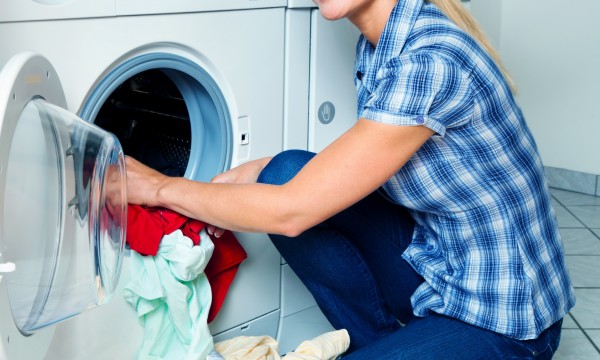 An additional problem is caused by solvents that evaporate too quickly, causing, that some of the dirt-forming substances can bind strongly to the fibre. Otto Wachter even talks about inclusion, tj. incorporating small amounts of substances into the intermolecular structure of the fibres, e.g.. wool. Unfortunately, after …
An additional problem is caused by solvents that evaporate too quickly, causing, that some of the dirt-forming substances can bind strongly to the fibre. Otto Wachter even talks about inclusion, tj. incorporating small amounts of substances into the intermolecular structure of the fibres, e.g.. wool. Unfortunately, after …
Dry cleaning of fabrics, part 1
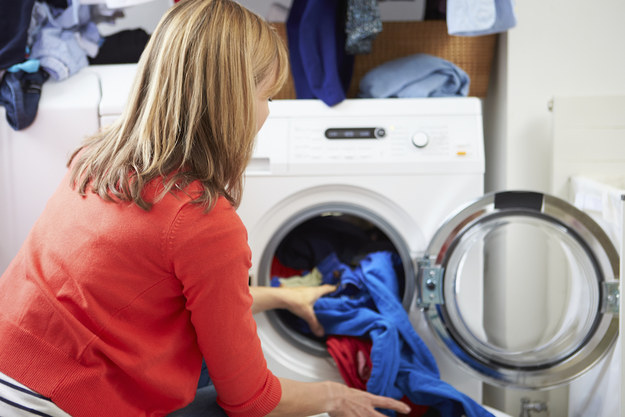 Dry cleaning of fabrics. It is carried out using organic solvents. Dry cleaning of antique fabrics is often the only way to remove dirt, and is then used, when wet cleaning is not possible. Fabrics must not be washed, when they are …
Dry cleaning of fabrics. It is carried out using organic solvents. Dry cleaning of antique fabrics is often the only way to remove dirt, and is then used, when wet cleaning is not possible. Fabrics must not be washed, when they are …
Mechanical cleaning (vacuuming)

Mechanical cleaning (vacuuming). Every cleaning of antique fabric, whether wet or dry, should be preceded by dust removal. If it sits loosely on the fabric, it can be removed with a soft brush, and in places very encrusted with a scalpel. When the fabric does not …
Fabric cleaning
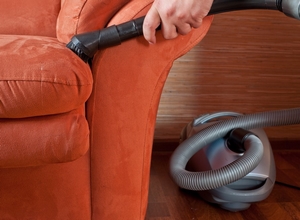
Fabric cleaning. One of the most important treatments in the maintenance of fabrics is their cleaning. Fraud, greasy stains and traces of sweat create good conditions for the development of microorganisms, facilitating the action of destructive factors. Old fabrics, weakened and additionally burdened by dirt and dust, during operating time …
Freeze drying of wet fabrics

Freeze drying of wet fabrics. Good results of drying wet wood by means of sublimation of water from the deep freeze state encouraged to use it also for damp fabrics. This method is particularly suitable for endangered and poorly preserved objects. The advantage of sublimation treatment is …